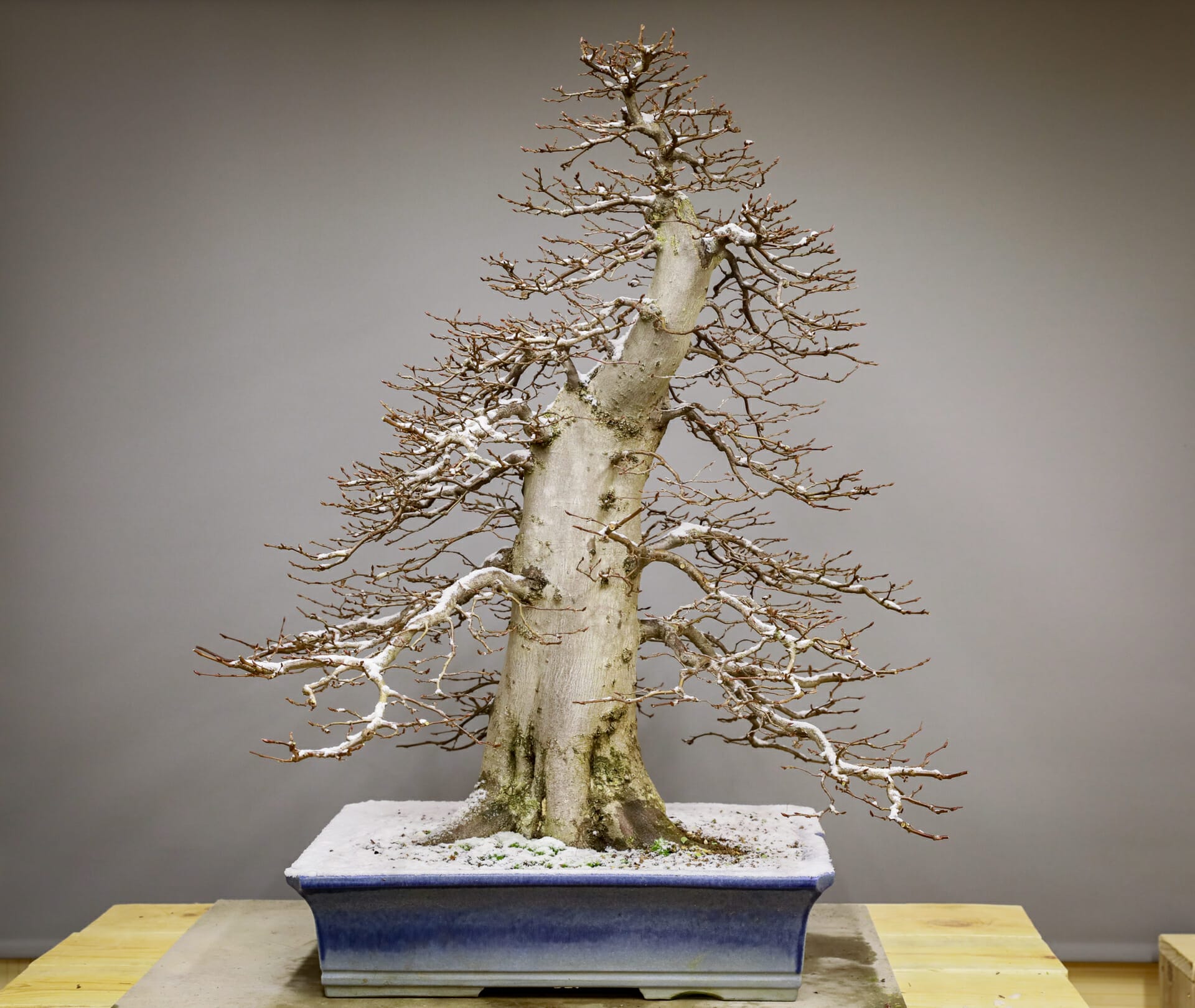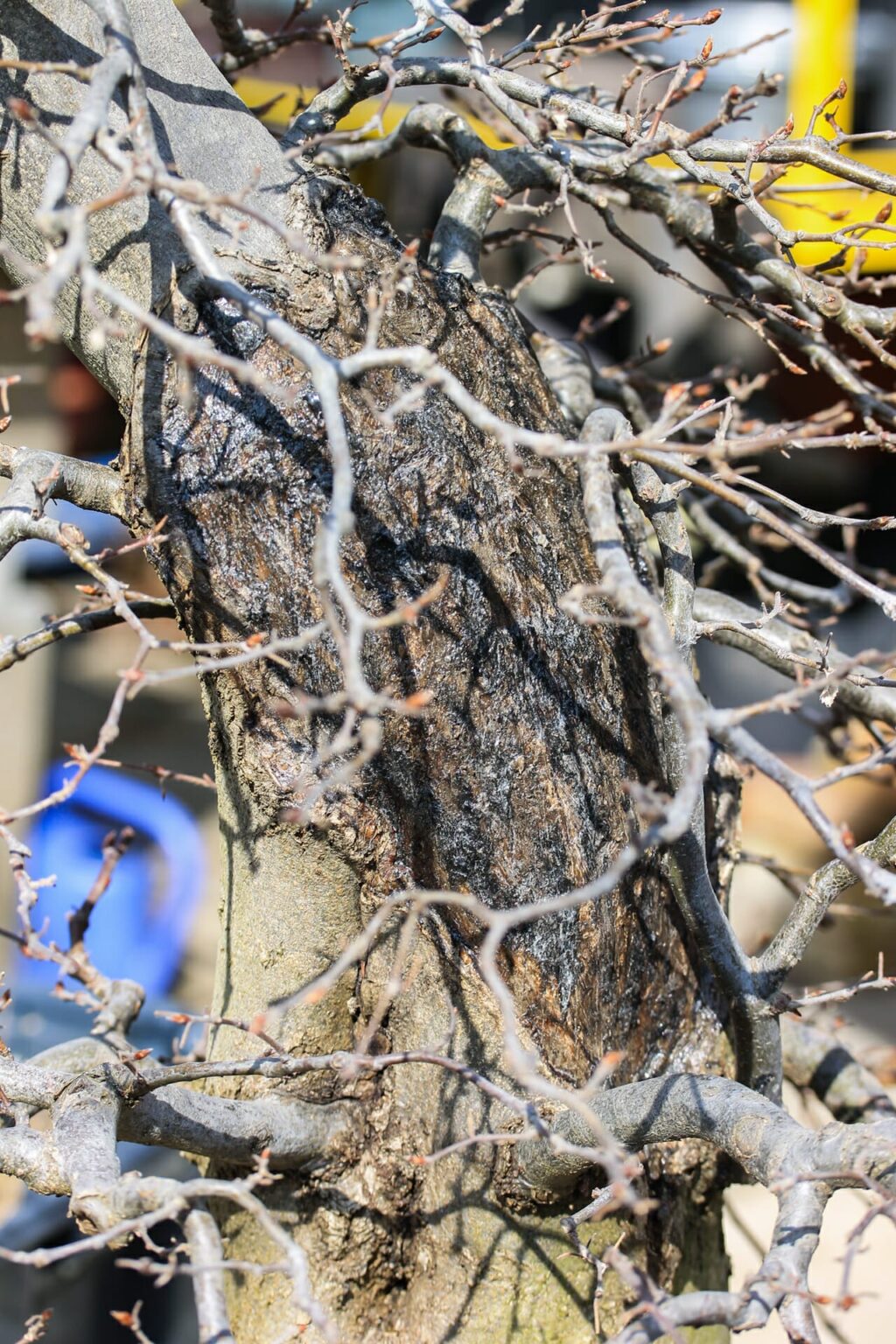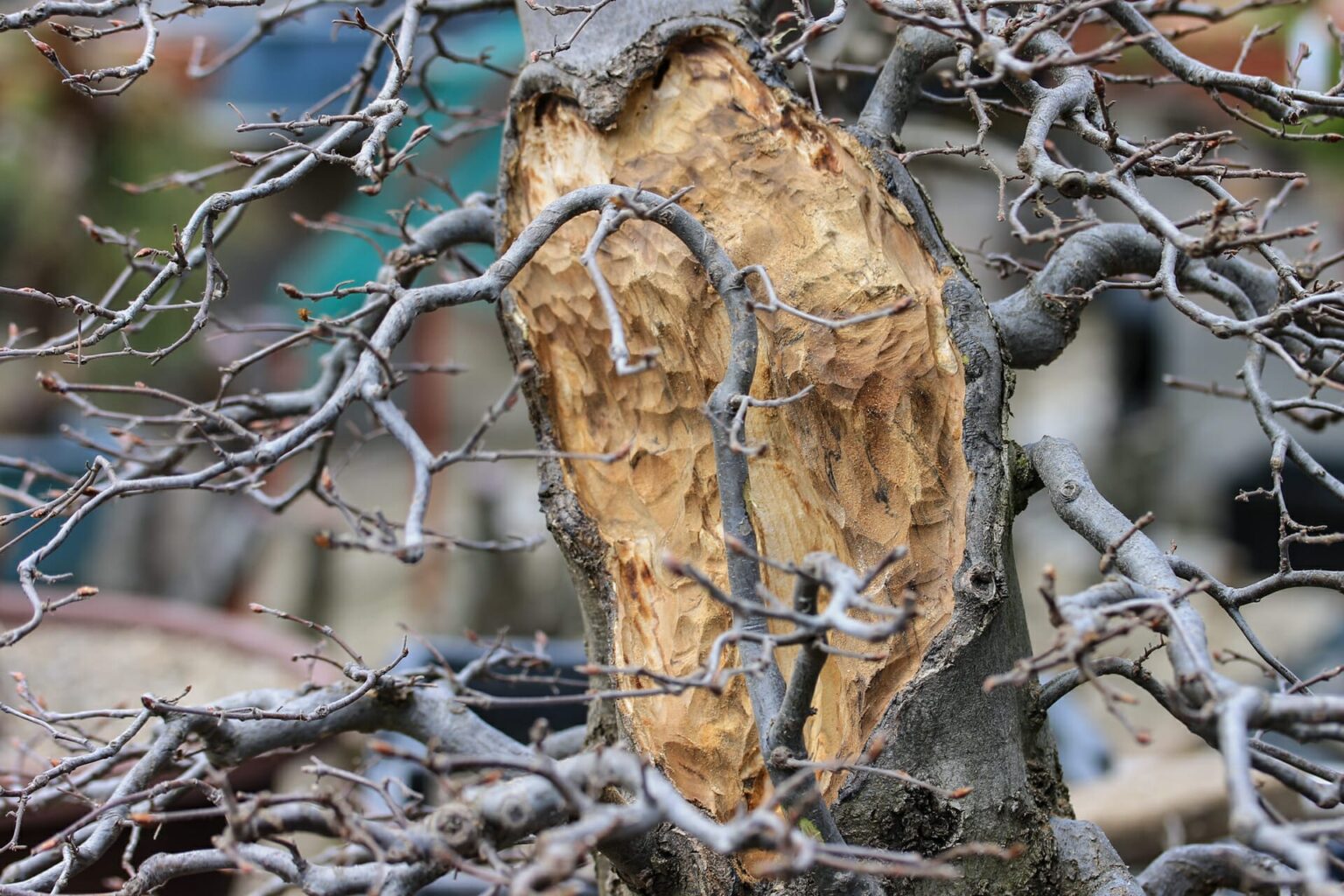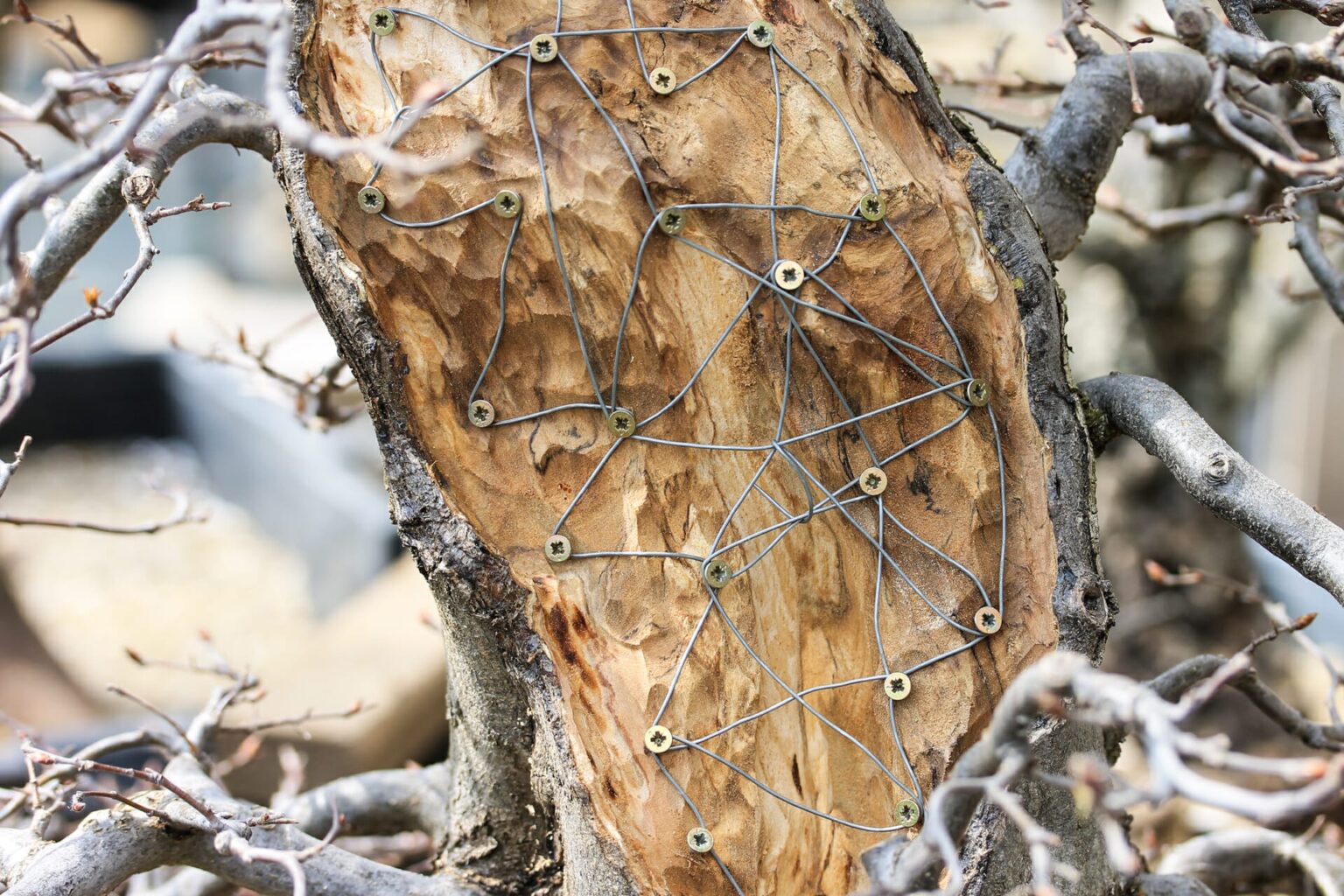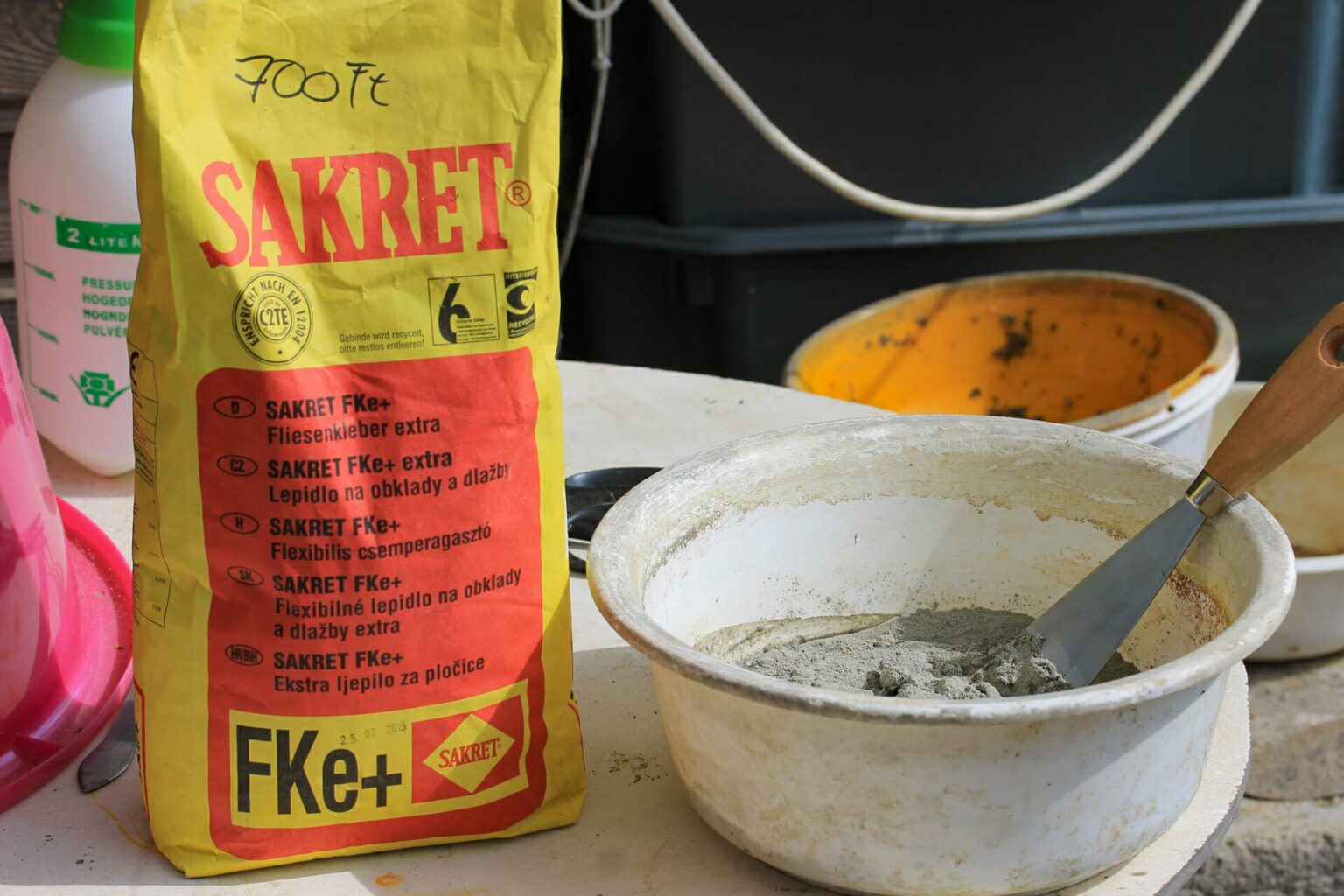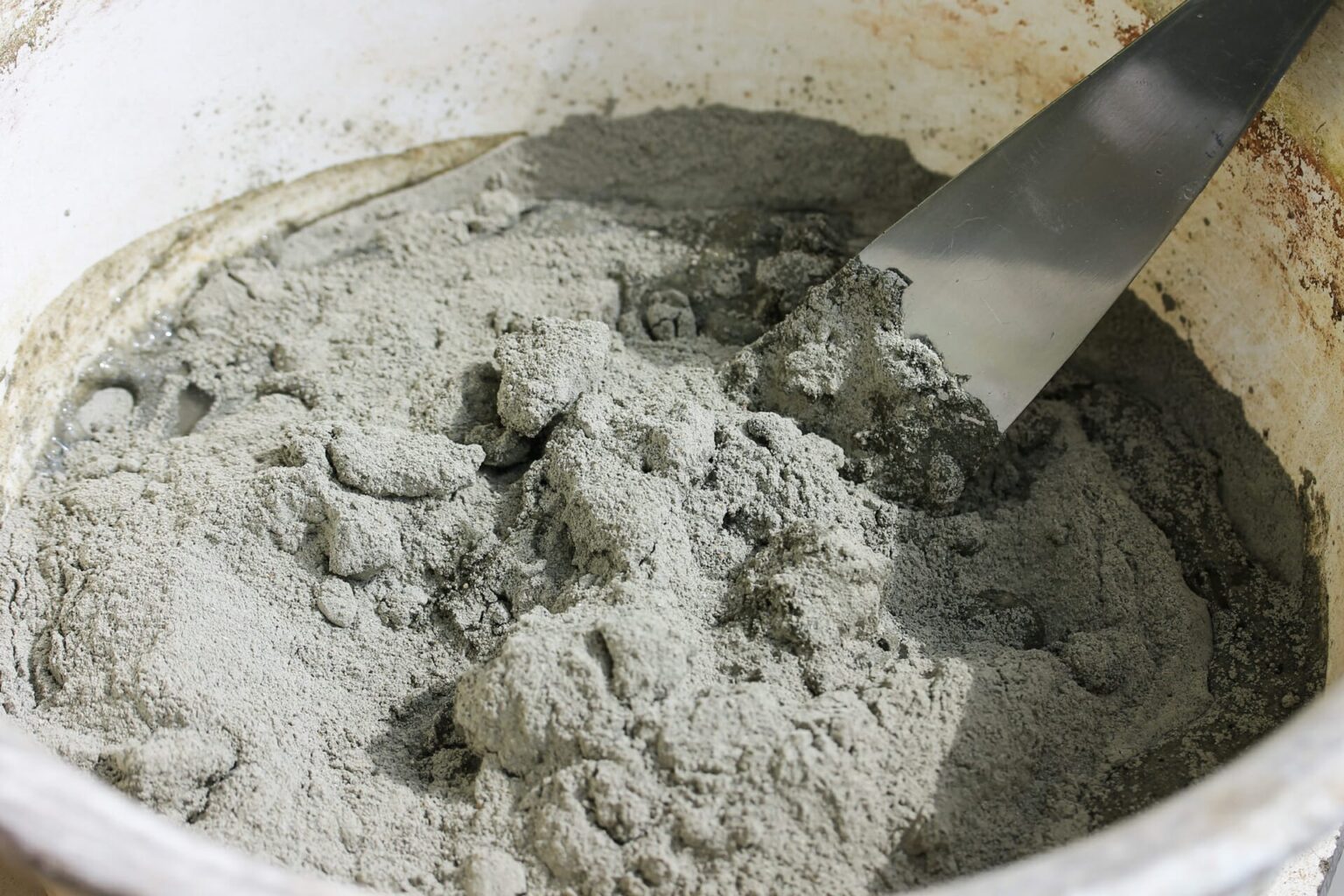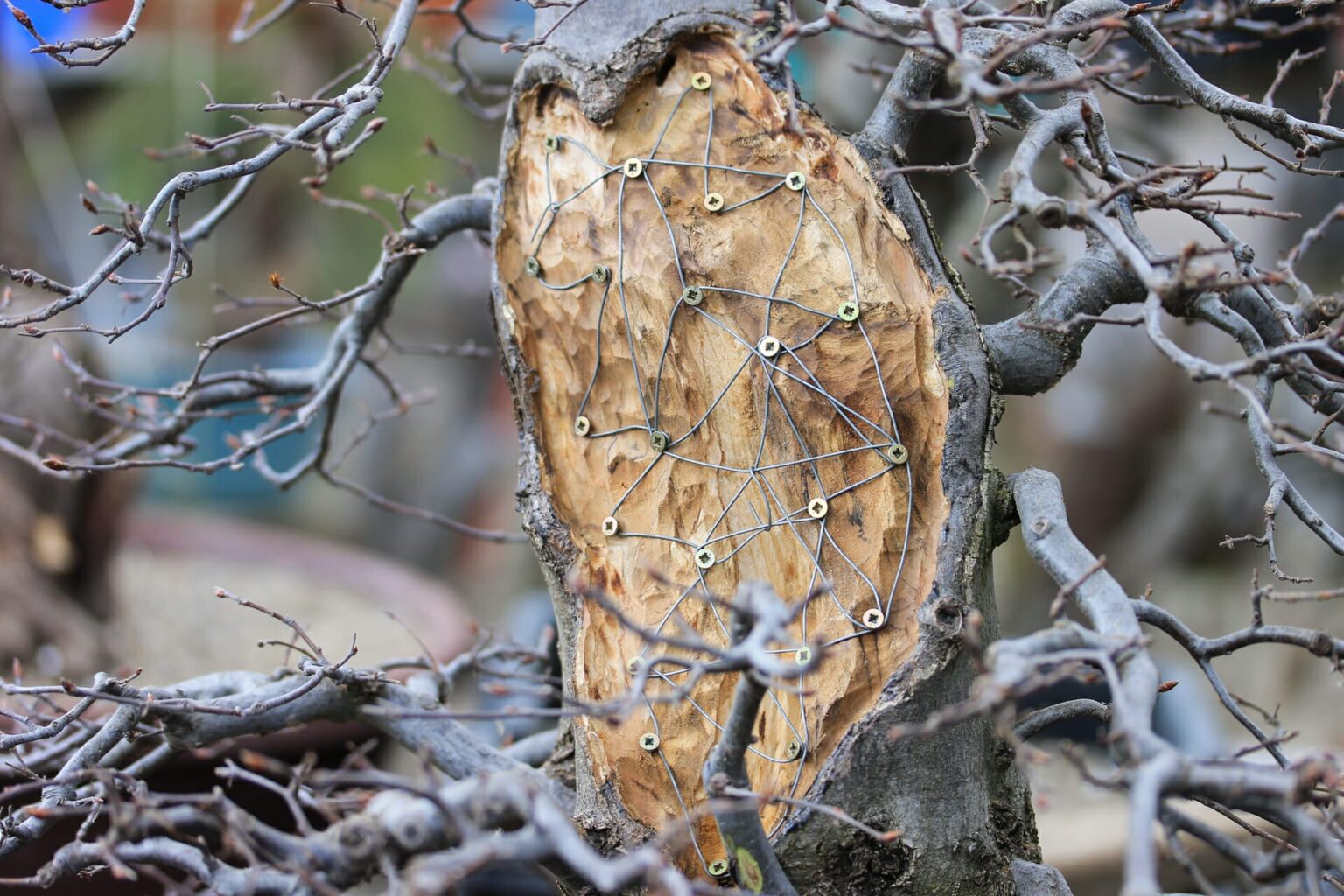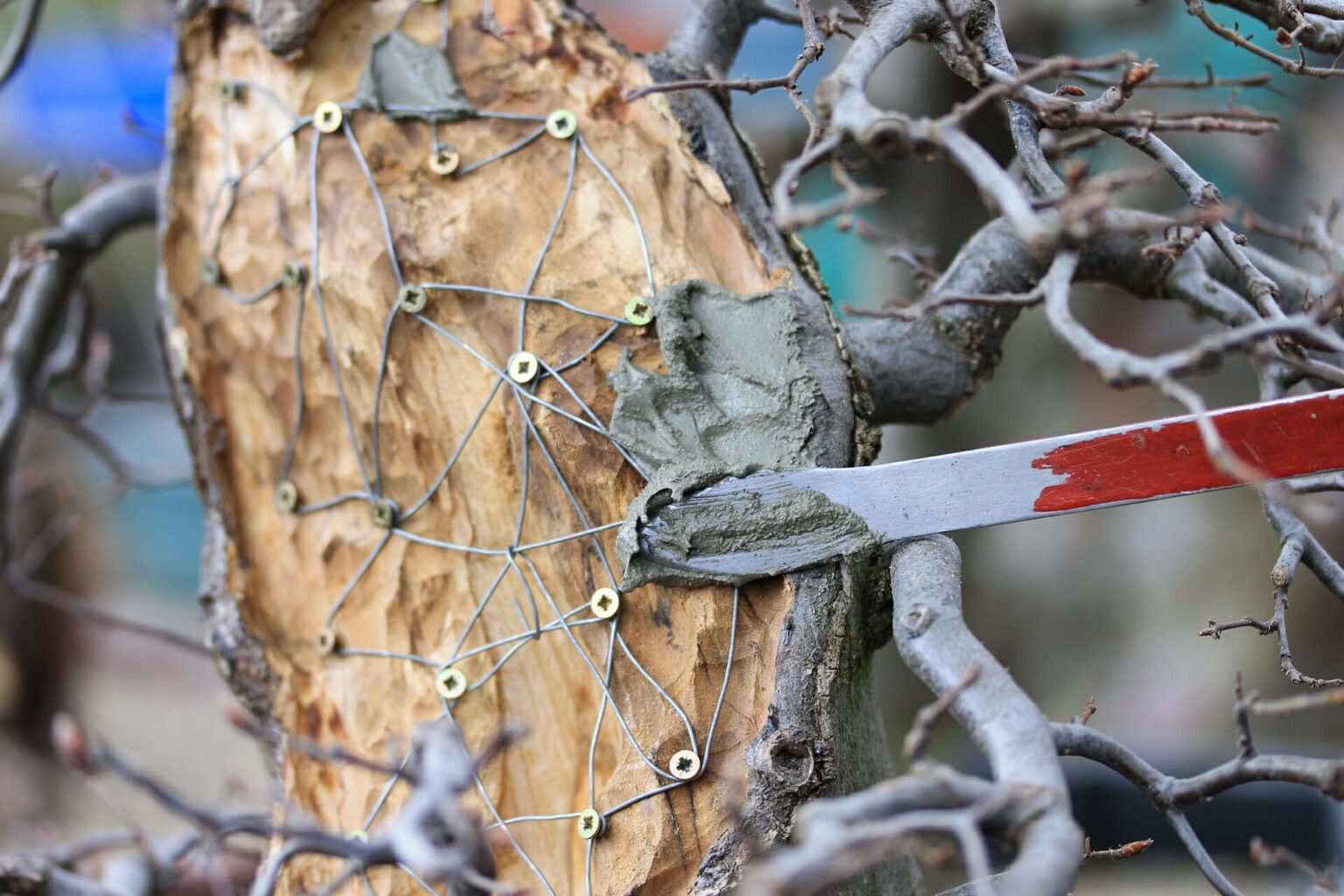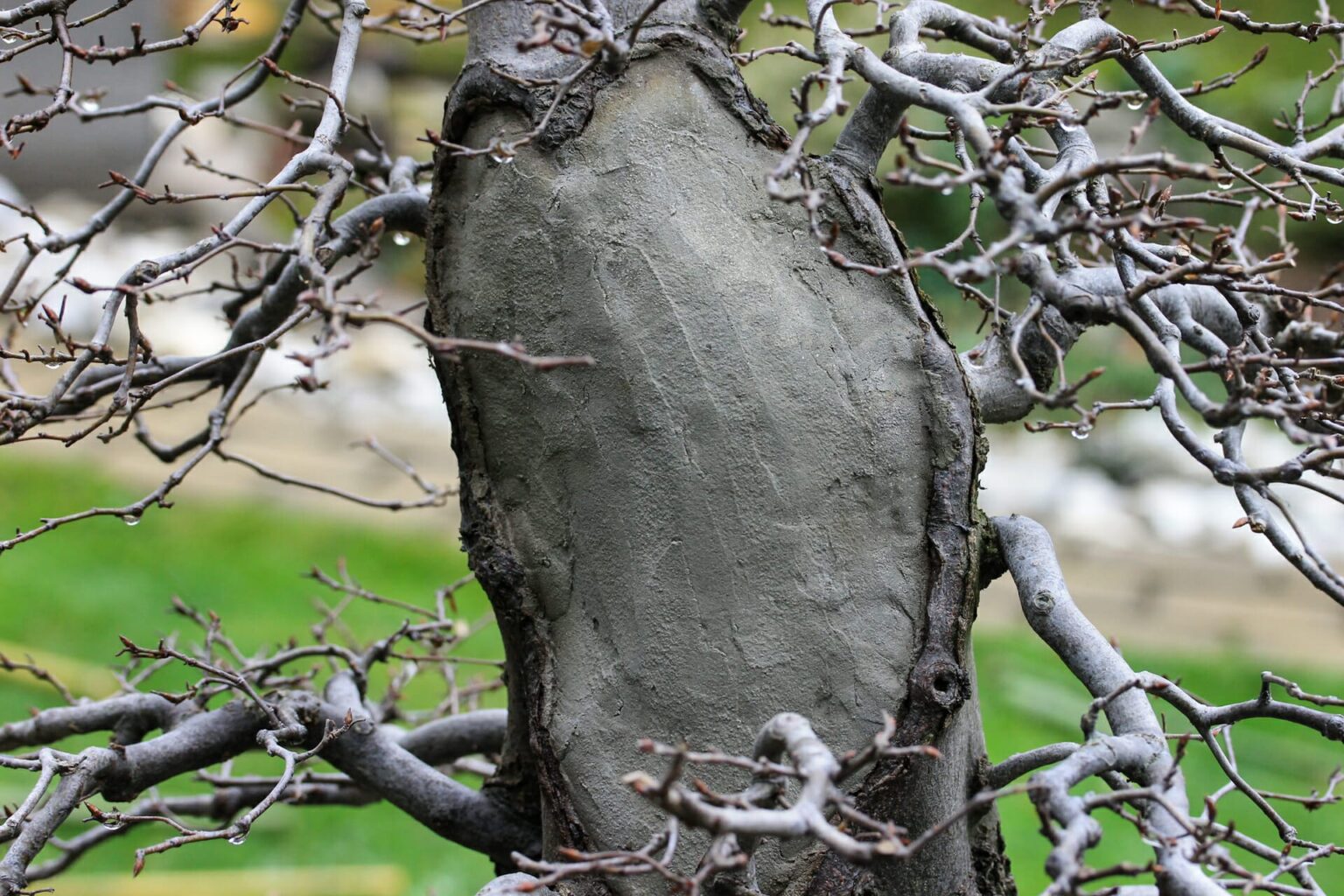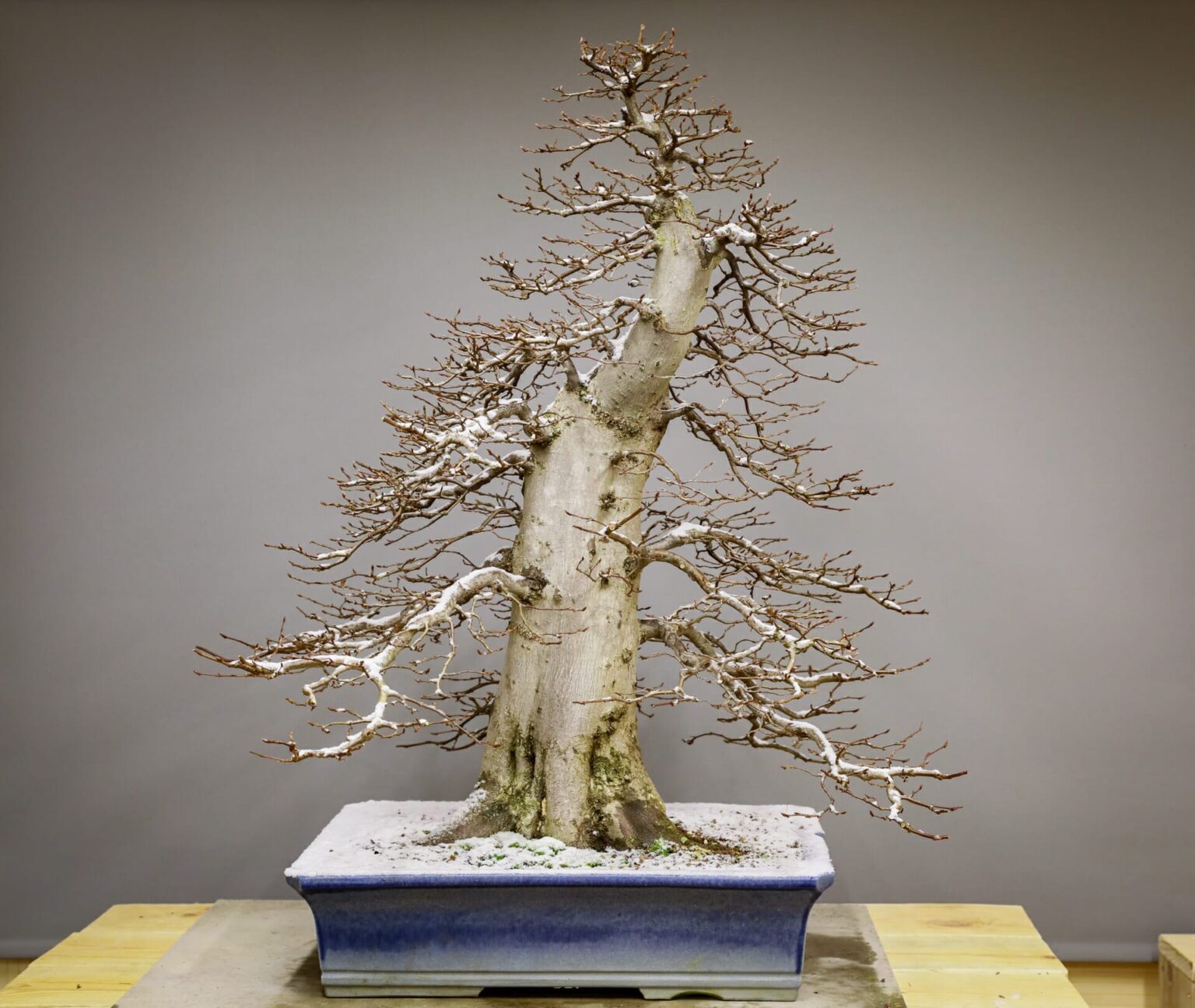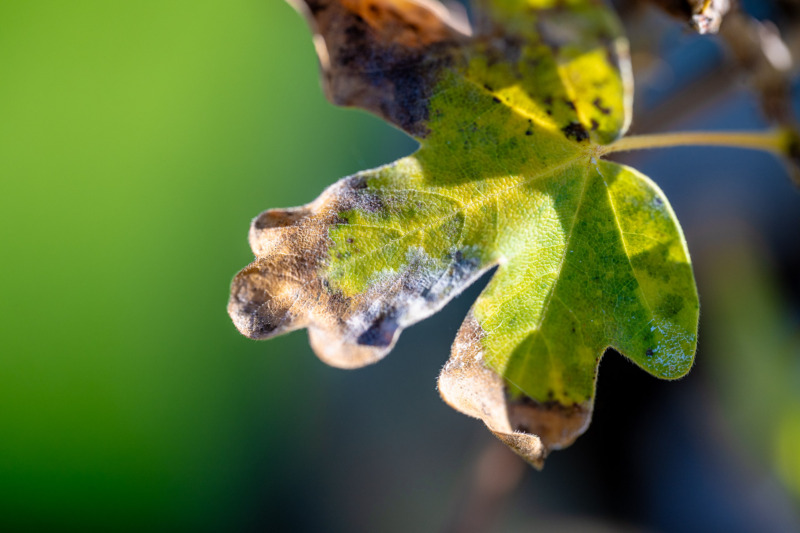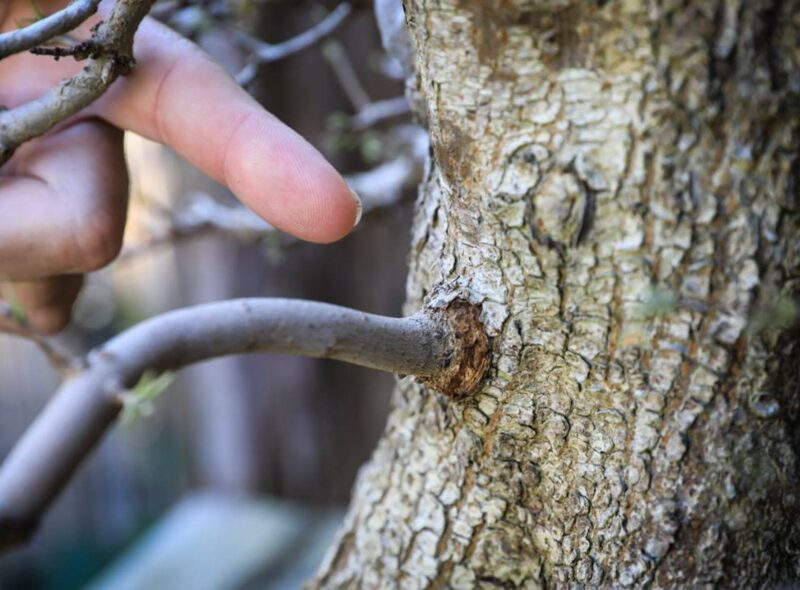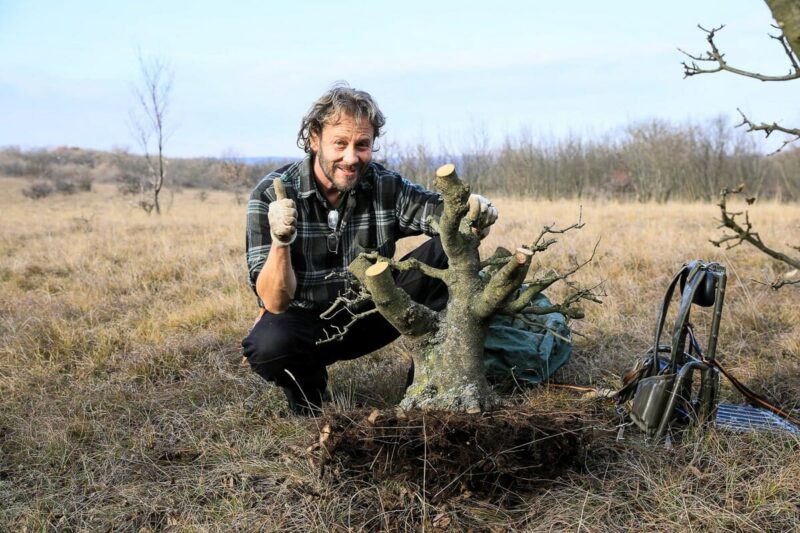The callus is a problem with wounds of this type. It should actually form from the edge of the wounds and thus close the wound naturally. With large wounds, however, this does not work and the tree starts to rot relatively soon. Of course, such an open wound is also an open door for the penetration of fungal diseases, woodworms, wasp larvae and other pests. How long a tree can live well with an open wound or even a hollowed-out trunk depends on the variety. Hornbeam, copper beech, birch or apple tolerate a wound poorly and only last a short time. Maple, elm, lime, ash or cornelian cherry are the more robust representatives in such a case and tolerate a large wound better or for longer. To solve the problem, such wounds were simply "concreted over" in the old Japanese gardens. By applying a layer of cement, rotting of the woody plant and the penetration of harmful organisms can be consistently prevented. The callus below the cement layer also has the chance to spread more quickly and completely over the wound and protect the tree.

